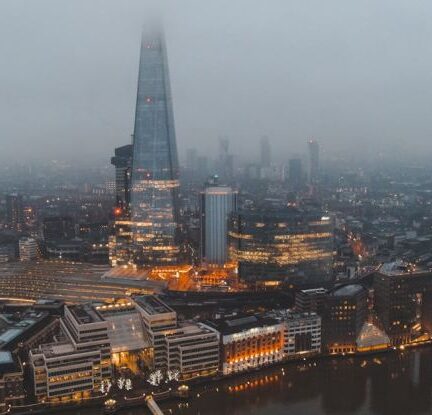In the face of rapid urbanization, ensuring sustainable development practices in our cities has become a critical necessity. Sustainable urban development involves the creation of cities that are environmentally friendly, socially inclusive, and economically viable. By implementing the best practices for sustainable urban development, we can foster healthier, more resilient, and vibrant urban communities for present and future generations.
**Prioritize Mixed-Use Development**
One of the key practices for sustainable urban development is prioritizing mixed-use development. By integrating residential, commercial, and recreational spaces within close proximity, cities can reduce the need for long commutes, lower carbon emissions, and create more walkable and bike-friendly neighborhoods. Mixed-use development fosters a sense of community, enhances social interactions, and promotes local businesses, contributing to a more sustainable urban environment.
**Promote Green Infrastructure**
Green infrastructure plays a crucial role in sustainable urban development by enhancing the resilience of cities to climate change, reducing urban heat islands, and improving air quality. Green roofs, permeable pavements, urban forests, and green walls are examples of green infrastructure elements that can help mitigate the negative impacts of urbanization on the environment. By promoting green infrastructure, cities can create more livable and healthier urban spaces for residents while also conserving natural resources.
**Encourage Sustainable Transportation**
Investing in sustainable transportation systems is essential for reducing greenhouse gas emissions, alleviating traffic congestion, and promoting active modes of transportation such as walking and cycling. Implementing efficient public transit networks, building bike lanes, and pedestrian-friendly infrastructure, and promoting electric vehicles are some of the strategies that cities can adopt to encourage sustainable transportation. By prioritizing sustainable transportation options, cities can improve air quality, reduce noise pollution, and enhance the overall quality of life for residents.
**Embrace Renewable Energy**
Transitioning to renewable energy sources is a critical component of sustainable urban development. By investing in solar, wind, and other forms of renewable energy, cities can reduce their reliance on fossil fuels, lower carbon emissions, and contribute to the global effort to combat climate change. Implementing energy-efficient building standards, promoting energy conservation practices, and incentivizing the adoption of renewable energy technologies are important steps that cities can take to embrace clean and sustainable energy solutions.
**Foster Community Engagement**
Community engagement is essential for the success of sustainable urban development initiatives. By involving residents, businesses, and other stakeholders in the decision-making process, cities can ensure that development projects meet the needs and aspirations of the local community. Engaging the community in planning processes, seeking feedback on proposed projects, and promoting participatory design approaches can help build trust, foster social cohesion, and create a sense of ownership among residents towards their urban environment.
**Invest in Resilience Planning**
As cities face increasing risks from climate change, natural disasters, and other challenges, investing in resilience planning is crucial for ensuring the long-term sustainability of urban areas. Developing robust infrastructure, implementing disaster risk reduction measures, and incorporating climate adaptation strategies into urban planning processes are essential components of resilience planning. By investing in resilience, cities can better prepare for and respond to shocks and stresses, safeguarding the well-being of their residents and the environment.
**Conclusion: Building a Sustainable Future**
In conclusion, adopting the best practices for sustainable urban development is essential for creating resilient, livable, and prosperous cities for all. By prioritizing mixed-use development, promoting green infrastructure, encouraging sustainable transportation, embracing renewable energy, fostering community engagement, and investing in resilience planning, cities can pave the way for a more sustainable future. It is through collective efforts and forward-thinking strategies that we can build cities that not only meet the needs of the present but also safeguard the well-being of future generations. Let us continue to strive towards sustainable urban development, shaping cities that are vibrant, inclusive, and environmentally responsible.
